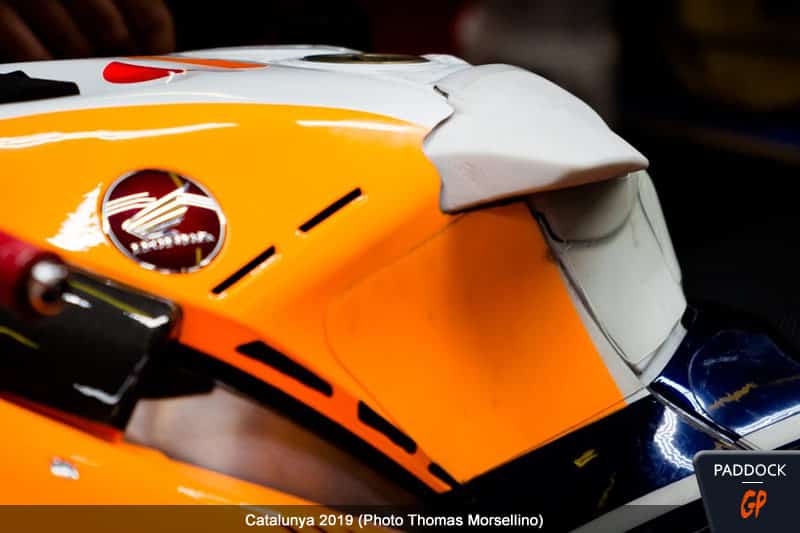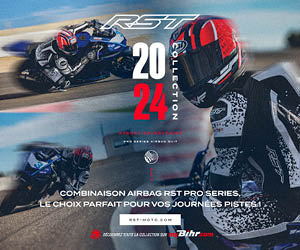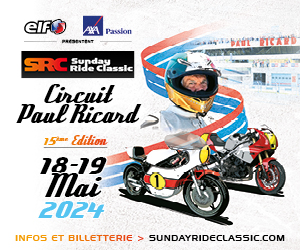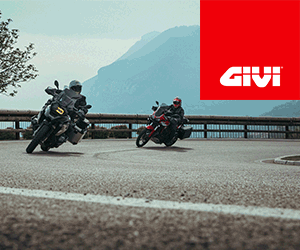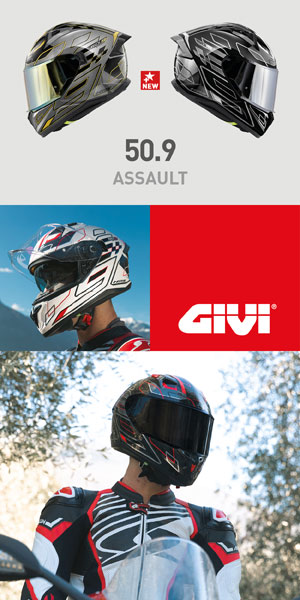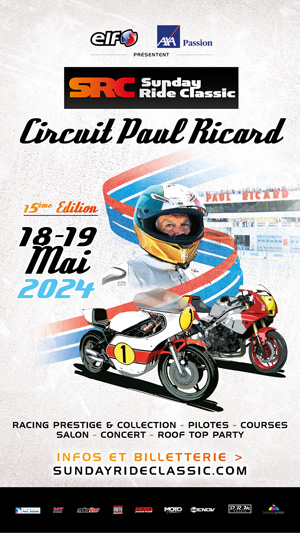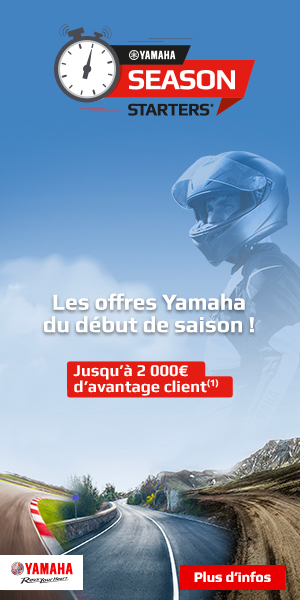MotoGP riders experience up to 1,9 g on the hardest braking, which, compared to F1, is little, as they can experience up to 5 g. But an F1 driver is strapped into his car with a six-point harness, similar to those used in fighter jets. A MotoGP rider only has his hands hanging on the handlebars.
In fact, not only that, because riders use their thighs, feet and back to hold on to the motorcycle, gripping the tank like a vice with their knees, resting their feet on the footrests (except when They stick their leg out when braking, but that's another debate!).
This is one of the reasons why small fins appear around the fuel tanks of MotoGP prototypes (we saw them again this year on Marc Márquez's Honda in Qatar). The idea is to improve the grip of the knees around the tank during hard braking (and in racing, this happens around 170 times in 40 minutes).
Jorge Lorenzo launched this fashion, first at Ducati, with adhesive pads, then at Honda, with 3D printed fins at HRC during its visit to Japan after the Mugello race. He wanted a thinner tank to increase maneuverability, and protrusions above his thighs that prevented him from being thrown forward. Johan Zarco had also requested this modification from KTM :
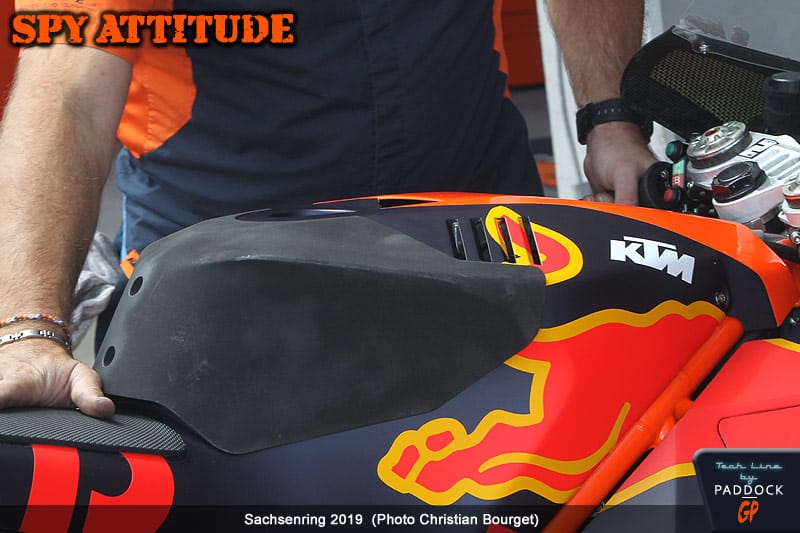
And the main reason for the appearance of these new appendages is the impressive braking power which is a consequence of the aerodynamic downforce created by the famous wings in MotoGP, and the speed that these prototypes reach!
“The limit of g-force on the brakes is the grip of the tires”, Explain Andrea Pellegrini, Brembo brake technician. “The new aerodynamics increase downforce on the front tire and during braking, giving the tire more grip, meaning riders can brake later and harder. »
Braking is now the most physically demanding aspect of MotoGP riding. Take the example of Cal Crutchlow : the British pilot weighs 66 kilos and his equipment weighs around 11 kilos, or 77 kilos in total. Let's assume that he takes 60% of this load through his wrists each time he brakes, with the rest distributed between his thighs, feet and buttocks. This means that his wrists support a load of 80 kilos on the brakes. At Catalunya there are at least seven major braking points, so during the race Crutchlow put on 80 kilos around 170 times – not counting what he also takes in corners and acceleration.
“This is why our heart rate increases so much, because we are holding a breath in the braking zone, like during a bench press”, Explain Crutchlow. “You're as tense as possible and hold your breath for three, four or five seconds, then you exhale during the curve, but the next curve may be only three or four seconds away, so you have to repeat the same thing, over and over again . »
“You tense your whole body when you're on the brakes and I don't know when I'll start breathing again but I know I have to. At Catalunya you brake into turn one and I don't think you'll start breathing again until you exit turn two, because when you change direction between the 2 corners you're as tense as you are when you brake. »
Crutchlow and LCR teammate Takaaki Nakagami both have cutouts in their tanks, but so does Jack Miller and other Ducati riders: "When you brake, you use your feet and your knees, that's why we have these supports on our tanks, just to hold our knees", explains the Australian. “When you brake, you push into the footpegs with your feet and you push your knees into the tank and you use that as a lockout point for your lower back. Then your arms take the weight of your upper body, rather than the weight of your entire body. »
It's the usual technical racing spiral: engine designers create more powerful engines, so tire technicians made tires with more grip, and then chassis engineers design frames and swingarms with more of rigidity…










